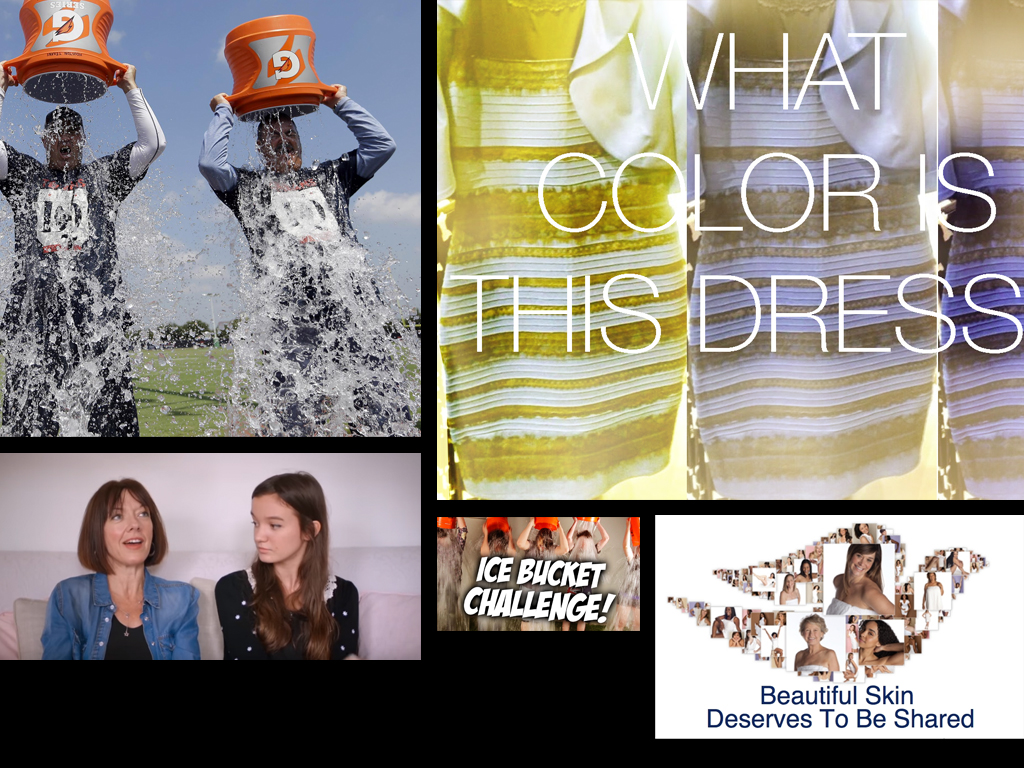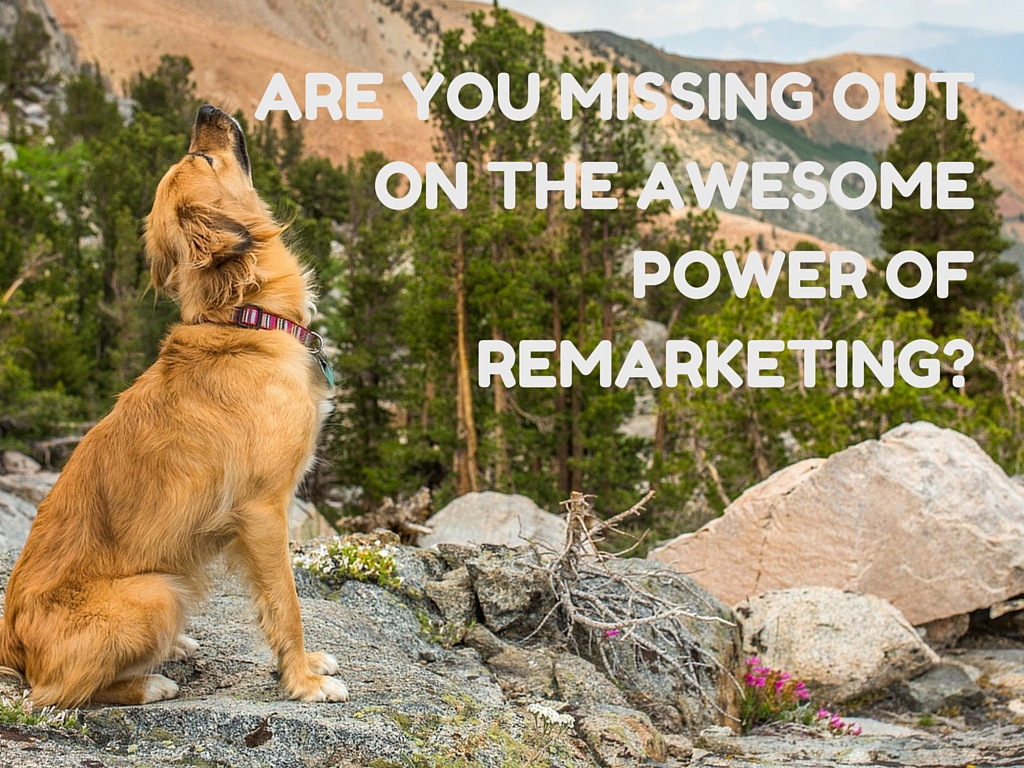These Microsoft, Pantene, Always, and Mattel ads have the perfect blend of attention, likeability, message, emotion, and authenticity.
Another area where we’ve seen brands generate excellent ad performance is the theme of empowering or supporting young girls. Microsoft’s “Women Made” (first aired in March) is part of the brand’s ongoing campaign to encourage girls to enter tech fields:
Pantene’s “Deangelo Williams & Jason Witten Girls into Women” amplifies the importance of dads spending quality time with their daughters:
Both of these ads were highlighted in the recent list of the Top 10 Breakthrough Ads of Q1 2016 by Ace Metrix as #1 and #3 respectively. What’s really impressive is how they caught attention and were highly likeable, and also outperformed many Super Bowl ads. Successful use of female empowerment themes is a continuing trend seen in two highly touted ads from 2015, Always’ “#Like A Girl”:
And Mattel’s Barbie ad, “Imagine the Possibilities”:
Here are five common traits these girl-power ads share that helped drive their amazing success.
1. Achieve High Breakthrough
Many, though not all, ads strive to grab attention. How much viewers like an ad is one primary measure of success. All four of these girl-power ads proved to have the characteristics needed to achieve high breakthrough. In testing, they showed a propensity toward Attention and Likeability, two component scores that comprise Ace Metrix’s Breakthrough dimension. In fact, all four ads were more than 22 percent above their category norm for Attention and more than 26 percent above norm for Likeability. Where these ads diverged in their overall “Ad Personality” is in the way they change perception of the brand; Mattel and Always demonstrate this, as does Pantene, though to a lesser degree. Microsoft, on the other hand, proves high its ability to inform.
2. Convey A Clear Message
Another key to the success of these ads: the brands have a clear message. For each, the “Message” is overwhelmingly named the single best thing about the ad by viewers, out of a choice between Characters, Visual Scenes, Music, Brand, Product, and Deal. “Women Made” has the highest response rate for Message at 65 percent, followed by “#Like A Girl” at 54 percent. For the Mattel and Pantene ads, the “Message” came in at 46 percent and 34 percent, and the cute “Characters” was named the best thing at 22 percent and 20 percent, respectively. In addition to a strong message, adorable kids can contribute to an ad’s success.
3. Make An Emotional Connection
Where these ads really find their stride is in their ability to form an emotional bond with the viewer. Through natural language mining of between 300–500 verbatim comments for each ad, all four ads exhibited an extremely positive reaction. The words “great” and “love” appeared with high frequency for all. Where we see subtle nuances are in the levels of heart, hook, and humor exuded in these comments. All but the Pantene ad were highest in words that indicate they tugged at the viewer’s heart, albeit in different ways. Always’ ad was described most frequently as “moving” and “powerful”, while Microsoft’s ad was called “encouraging” and “inspiring.” Mattel’s ad drew out words like “cute” and “adorable,” but also veered toward humor as we saw “funny” used often as well. Those three also saw a heavy degree of “hook” words such as “amazing,” “awesome” and “interesting.” Pantene was the most humorous of all four with “funny” used quite a bit, along with the heartfelt “cute.”
4. Appeal Across Audiences
A final common characteristic for all four ads was the low degree of polarization. They all scored above their category norm across all breakdowns by gender, age, and ethnicity as being minimally polarizing – meaning viewers across the board were in agreement of the ads. A new measure for Ace Metrix, the Polarity Score works in concert with demographic breakdowns and viewer comments to help understand why an ad is effective. The metric ranges from 1–100, but we typically see most ads score between 30 and 70, with scores below 40 indicating low polarization. Out of all four ads, “Women Made” shows the lowest level of polarity, with a score of 24. “#LikeAGirl” is the most polarizing of our set of ads, with a score of 40.
5. Authenticity
One final characteristic that is difficult to measure is authenticity. For example, Always’ products are relevant to the idea of a girl’s confidence dropping during puberty. None of the ads discussed feel like forced vehicles for their encouraging message, and that might just be the final ingredient to creating marketing gold.



